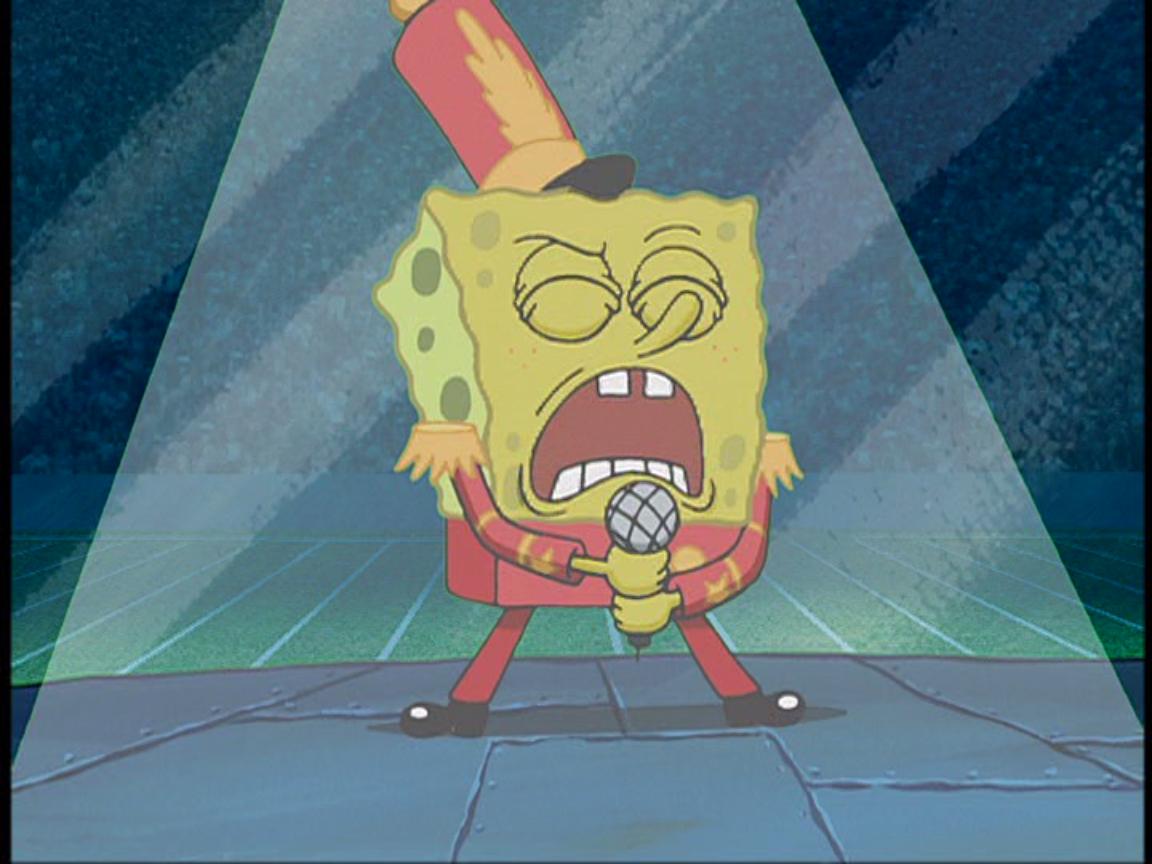
More Than Voice Tips: Extended Vocal Techniques
Sometimes signing can be taken to greater heights when for example the term “extended techniques” is used. This refers to inhaling as a method of producing melodies as opposed to just exhaling and just singing the notes.
In a way, Extended vocal techniques are advanced ways of singing that began around the 20th century, and it’s about exploring the potential of a singer’s voice going beyond just the singing part. Just like there are many techniques to play instruments, there are also techniques for singing.
Inhaling
It may feel very strange at first, but there is a way to sing by inhaling, not just exhaling.
According to Joan La Barbara, a professional singer, talks in an interview with musicguy247, about experimenting with this vocal technique by taking inspiration from how a specific instrument plays.
My piece “Circular Song” for example, was inspired by the circular breathing technique of horn players. Of course as a vocalist you can’t do that, so what I did was to vocalize the inhale as well as the exhale. A piece called “One Note Internal Resonance investigation” explored the myriad possibilities one can make with just a single pitch… putting it in isolated resonance areas in the head… doing reinforced harmonics and multi-phonics. From that point I began to develop a whole vocabulary of extended techniques that were an orchestra of voices in a way. Certain sounds were more percussive… more string like… or woodwind like. When I began creating pieces, I would draw on some of these extended techniques as well as more conventional techniques.
Falsetto

This is one of the most common techniques in singing, it’s popular and it’s not that hard to do it, although it is hard to master. This is a technique that allows to change pitch drastically. Some call this “head voice” because it resonates in the head rather than the chest. It’s a simple technique as it allows to go beyond a singer’s normal range.
Sprechgesang and Sprechstimme
This one is not that complicated but it is important to know about it. It’s basically a combination between speaking and singing, which can be often related to composer Arnold Schoenberg and it was first used in Pierrot Lunaire in 1912.
It’s all about singing in a lowet pitch and clear spoken words.
Yodelling
This is a type of singing that consists in alternating rapidly between chest voice and head voice.
it’s interesting that it’s not always used for music. In many places (mostly mountains) people used yodelling as a way of communicating over great distances. On the other hand others believe that regardless of the mountainous scenery yodelling was a very present vocal technique, Bart Plantenga comments on this by saying that:
“There are tons of yodelers in France and the Netherlands. It’s also in punk and contemporary rock. It’s coming back like crazy. Jewel is a big yodeler. A lot of African musicians use yodeling. That’s what my book tried to dispel, the idea that it’s limited to this one area of the Alps.”
Bart Plantenga
The origin of yodelling is often traced back to Switzerland, but there is no actually proof it originated there, in fact some say it actually originated way back in Africa.
“At the beginning of mankind, when man decided he could do different things with his voice. More practically, it probably began 10,000 years or so ago, when animals first were domesticated, [as] a way to keep the cattle together. It probably also had to do with people amusing themselves. The Pygmies [still] use it for many things, including feasts and playing. They have this method of singing back and forth between two voices, and it’s just pure pleasure at that level.”
Bart Plantenga
Overtone Singing

Harmonics and overtone singing are some of the hardest singing techniques, this can come in the form of overtones, undertones and multiphonics.
This technique involves singing in two different pitches at the same time. Singing in two notes at the same time is achieved by singing with double resonance by merging two resonance frequencies that come from the pharynx and oral cavity.
Distortion
Many singers today use distortion in their voice to have that rock raspy voice that sometimes confuses people, because it sounds like they are putting strain in their voice, but they are not.
There are however different types of distortion, some of them are: screaming, growling and just simple distortion for that slight raspy voice.
For me the term extended adds an extra element to make singers either feel that they have to be specialists to do it, that they need to take care (after all there are lots of yodelling related injuries in A&E) – instead of making it a divide, seeing as it used in most music nowadays except classical music, and it is a sound that a human can make at all – they will be able to do it in a healthy way. So don’t be afraid of the big bad wolf, have some fun and play around with your own voice.
jackiehole.com
These are just a few extended vocal techniques that you can learn, but there are more to be explored with near endless ways of making them your own, so if you’re interested in taking one step further, it’s time to start exploring!
